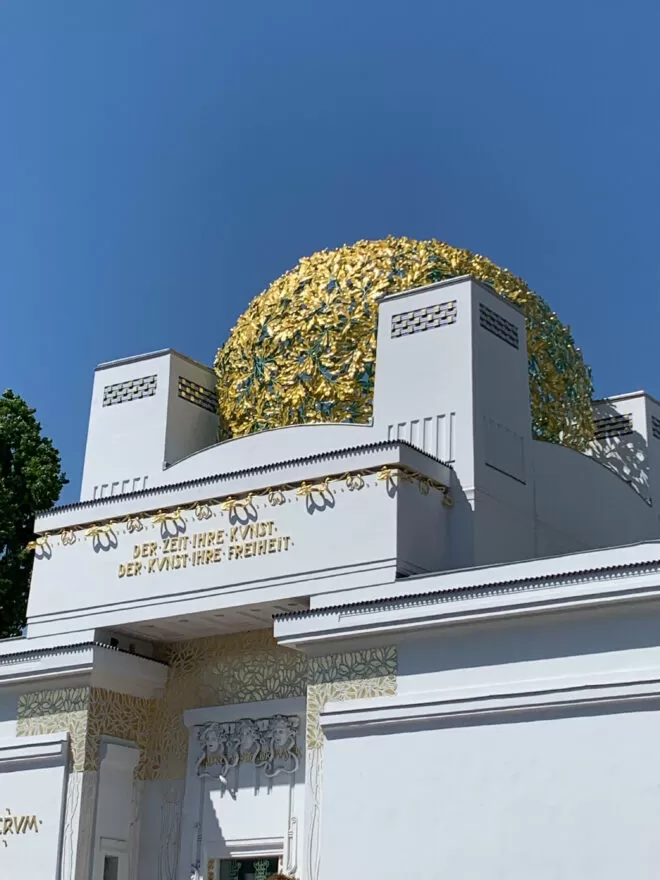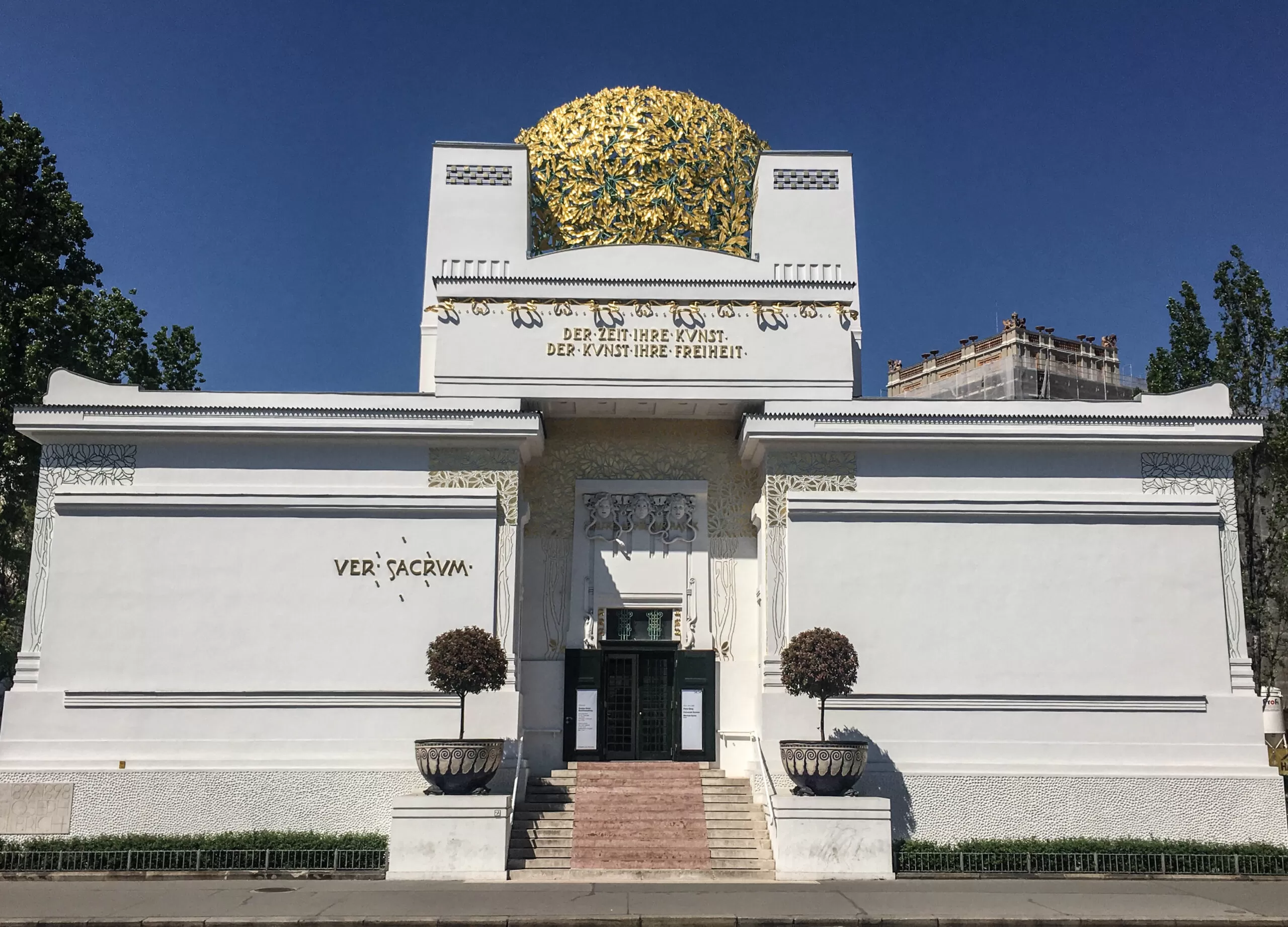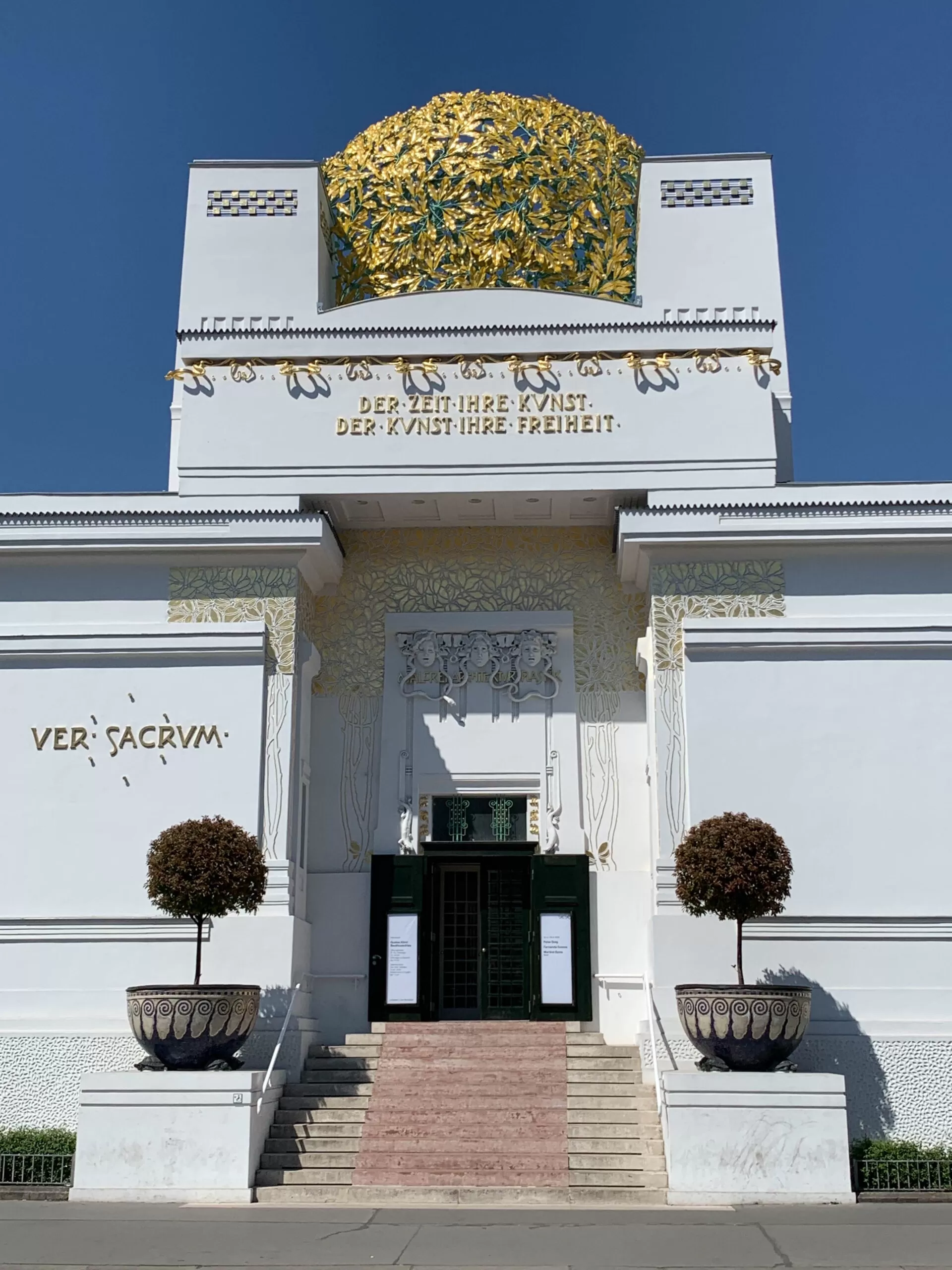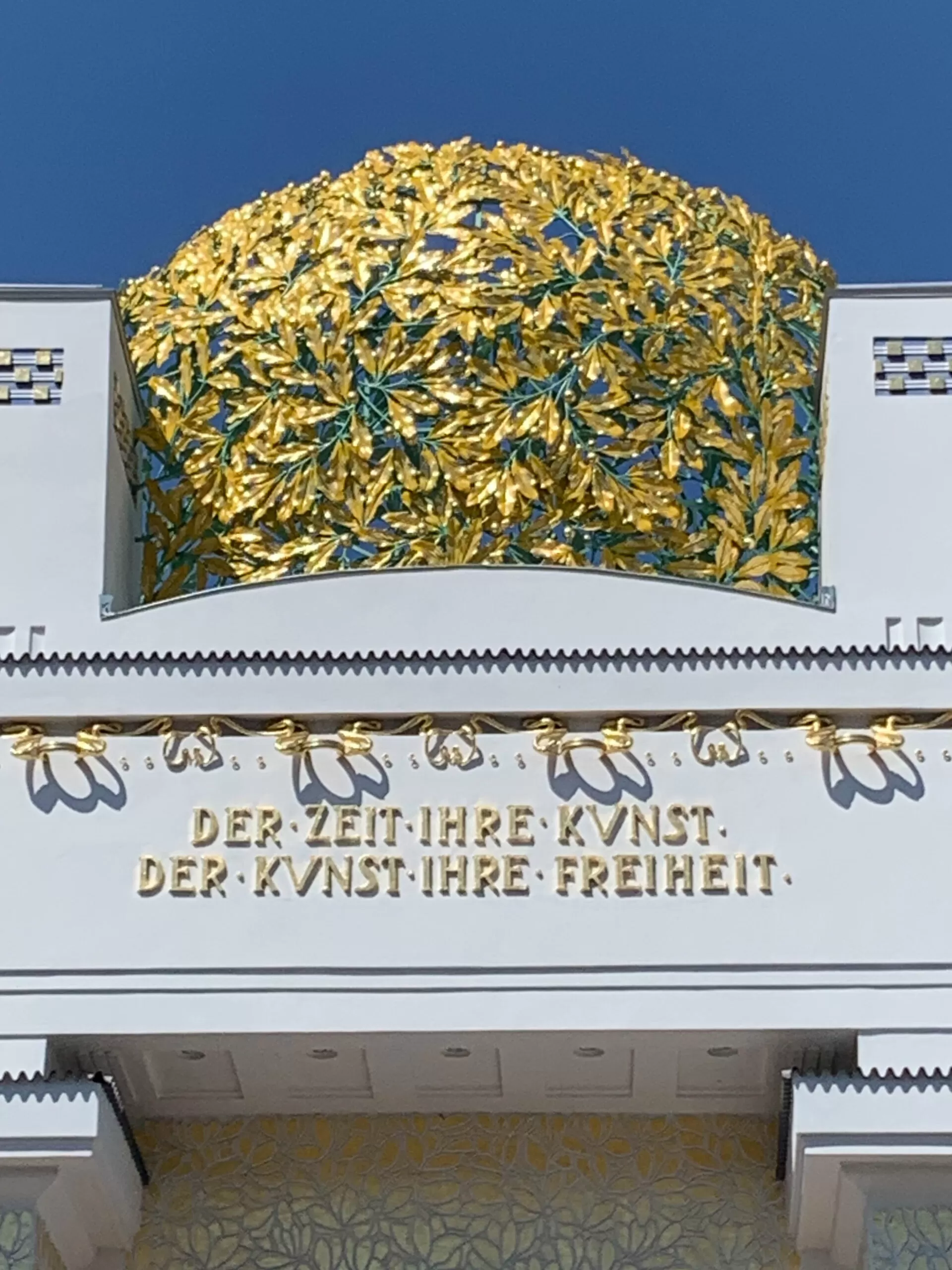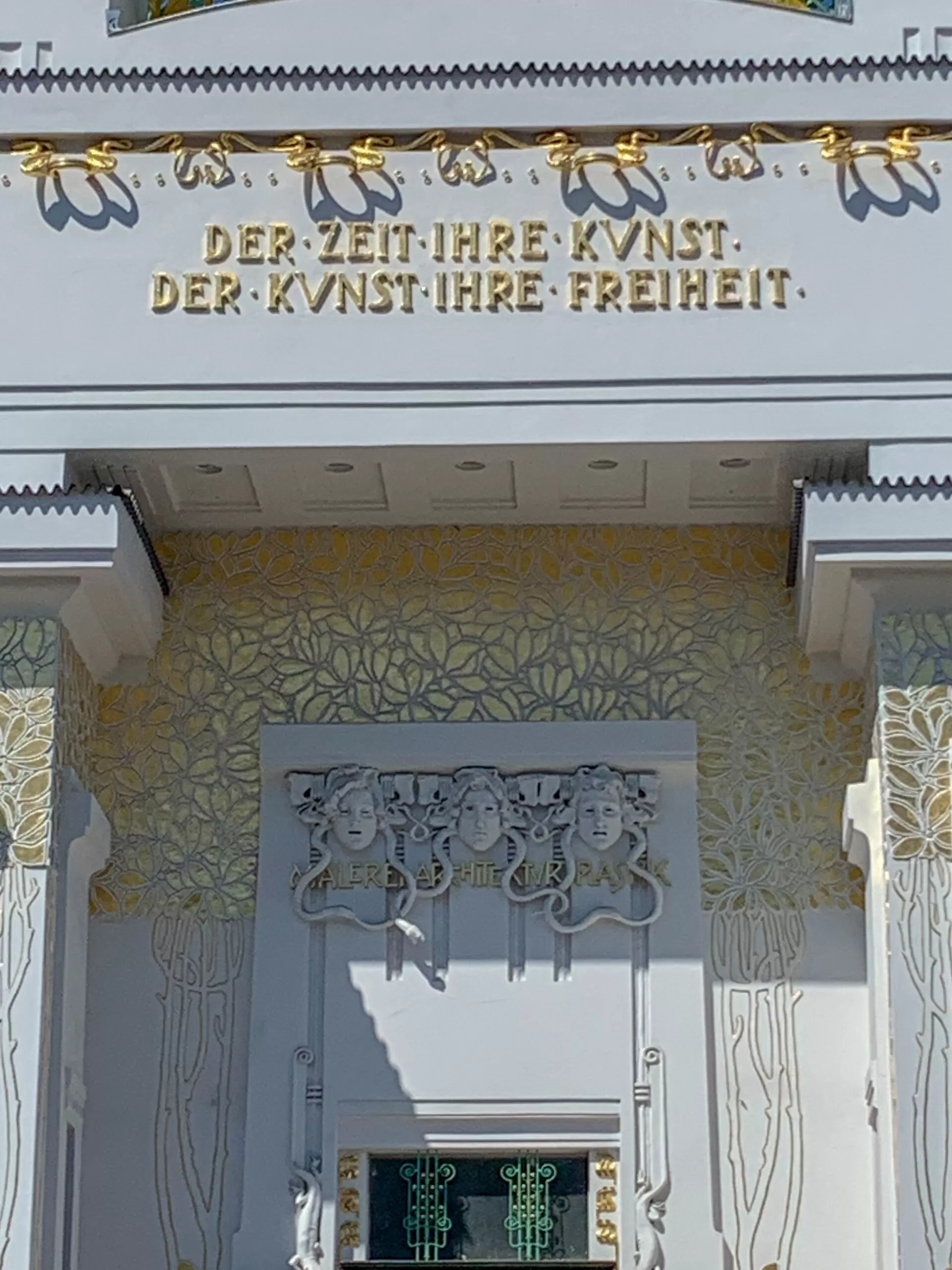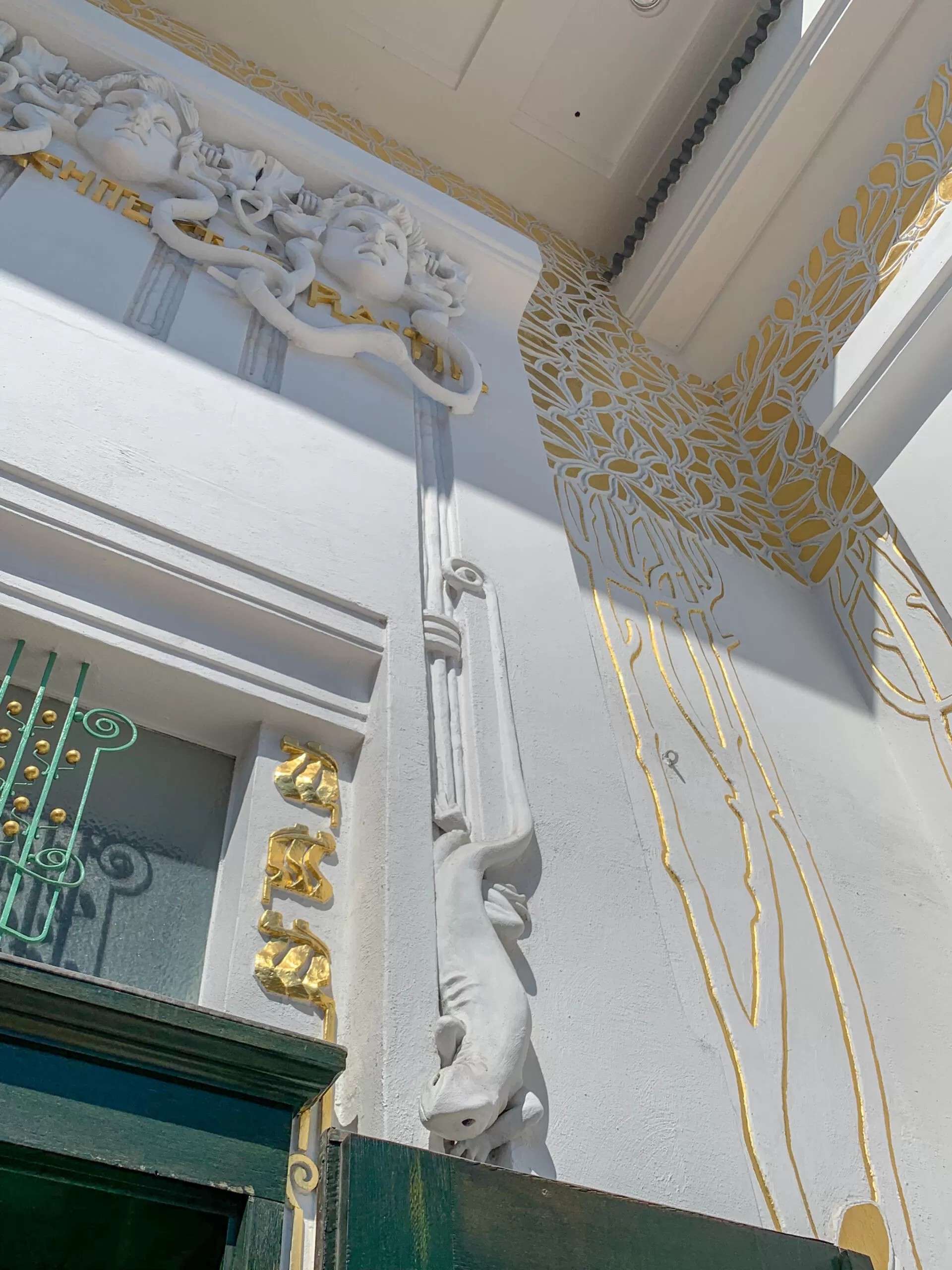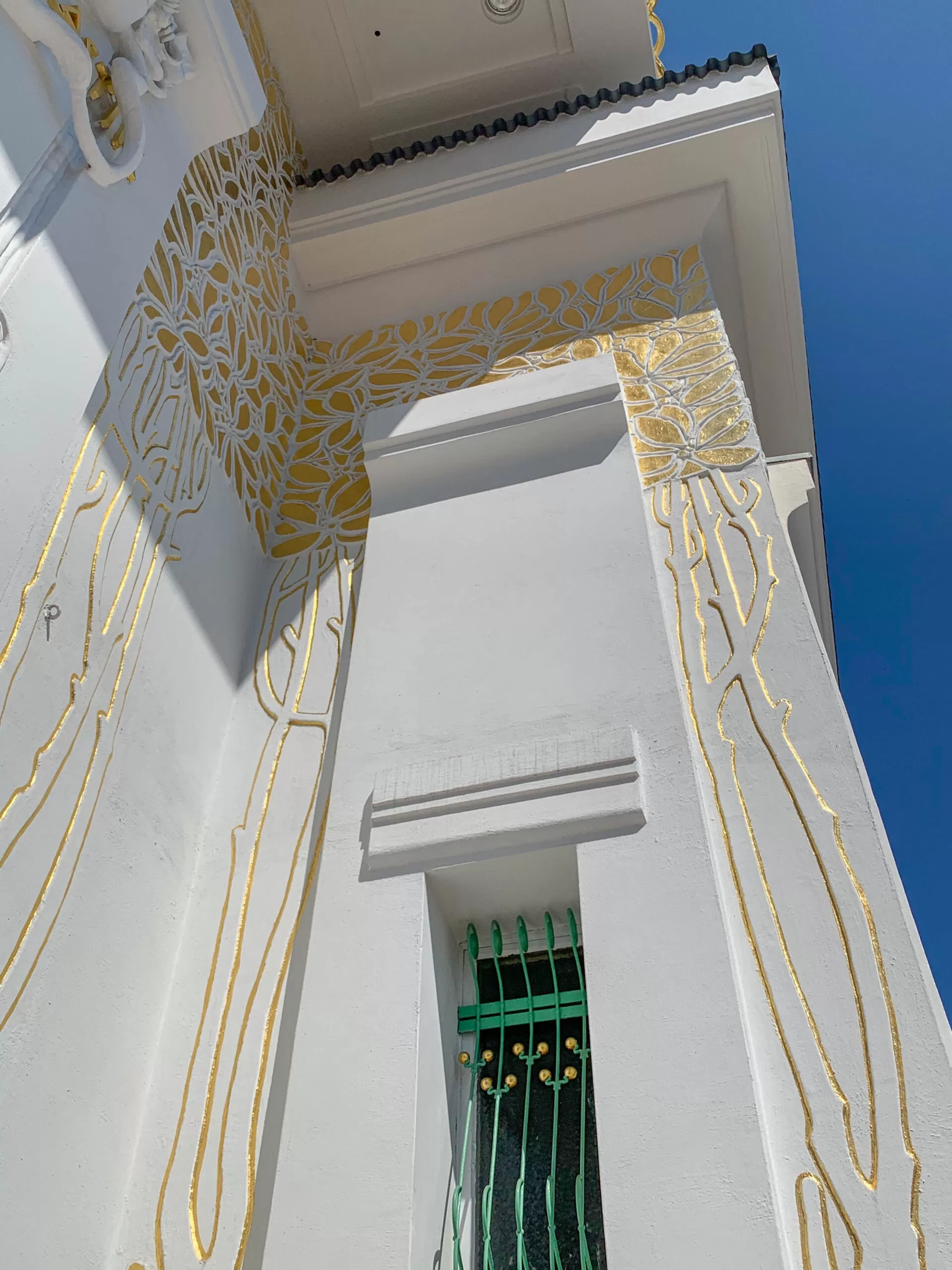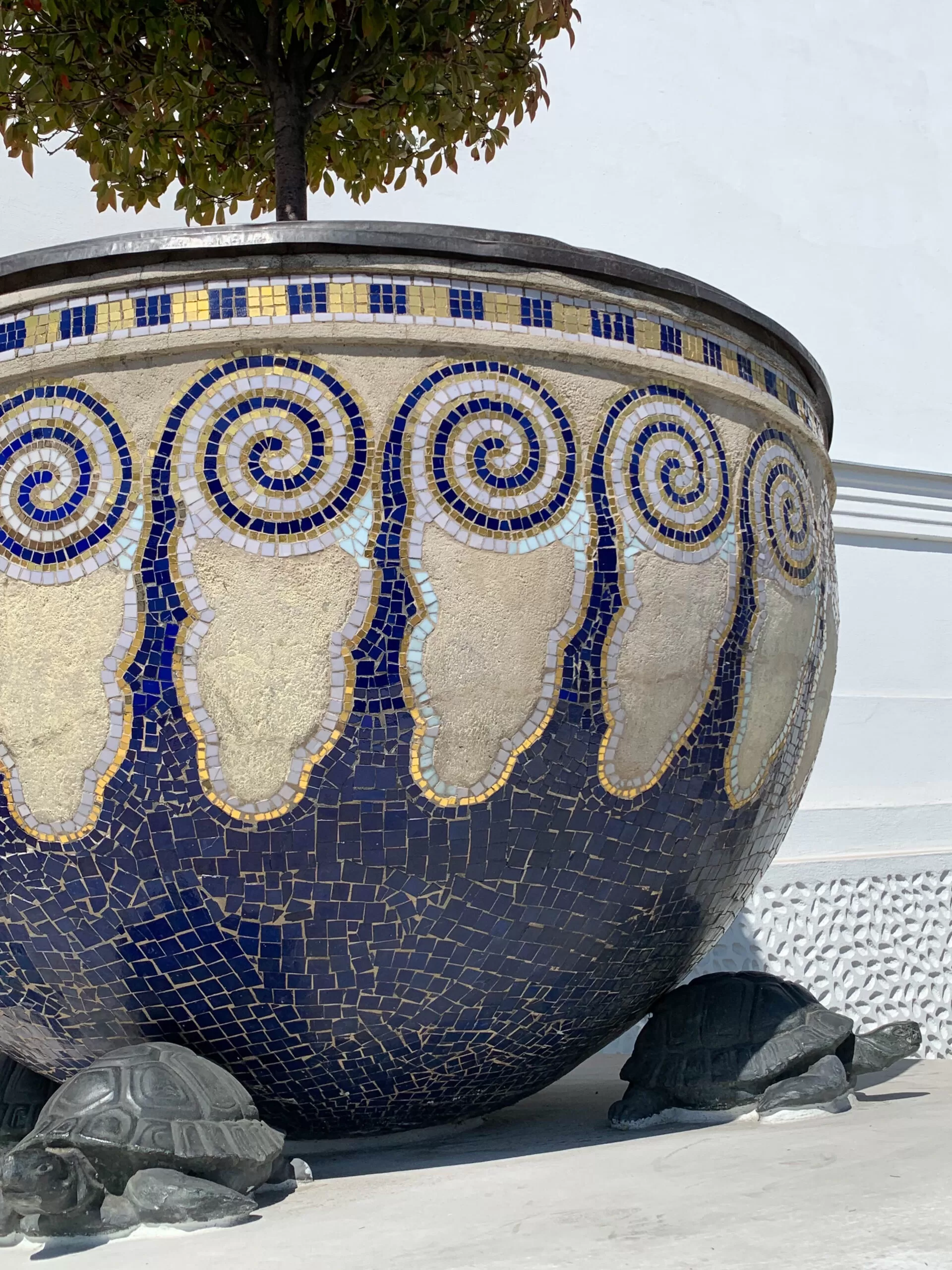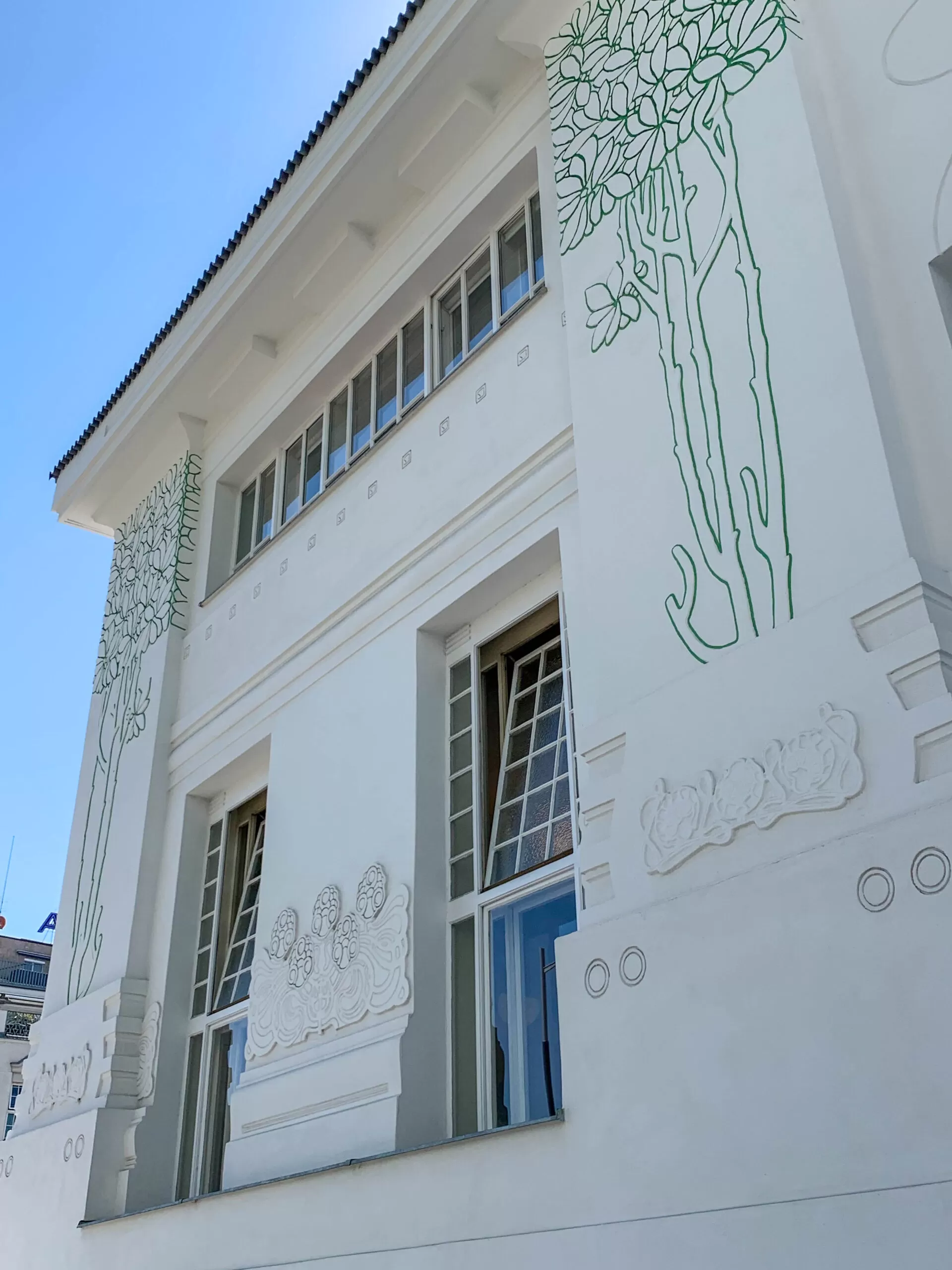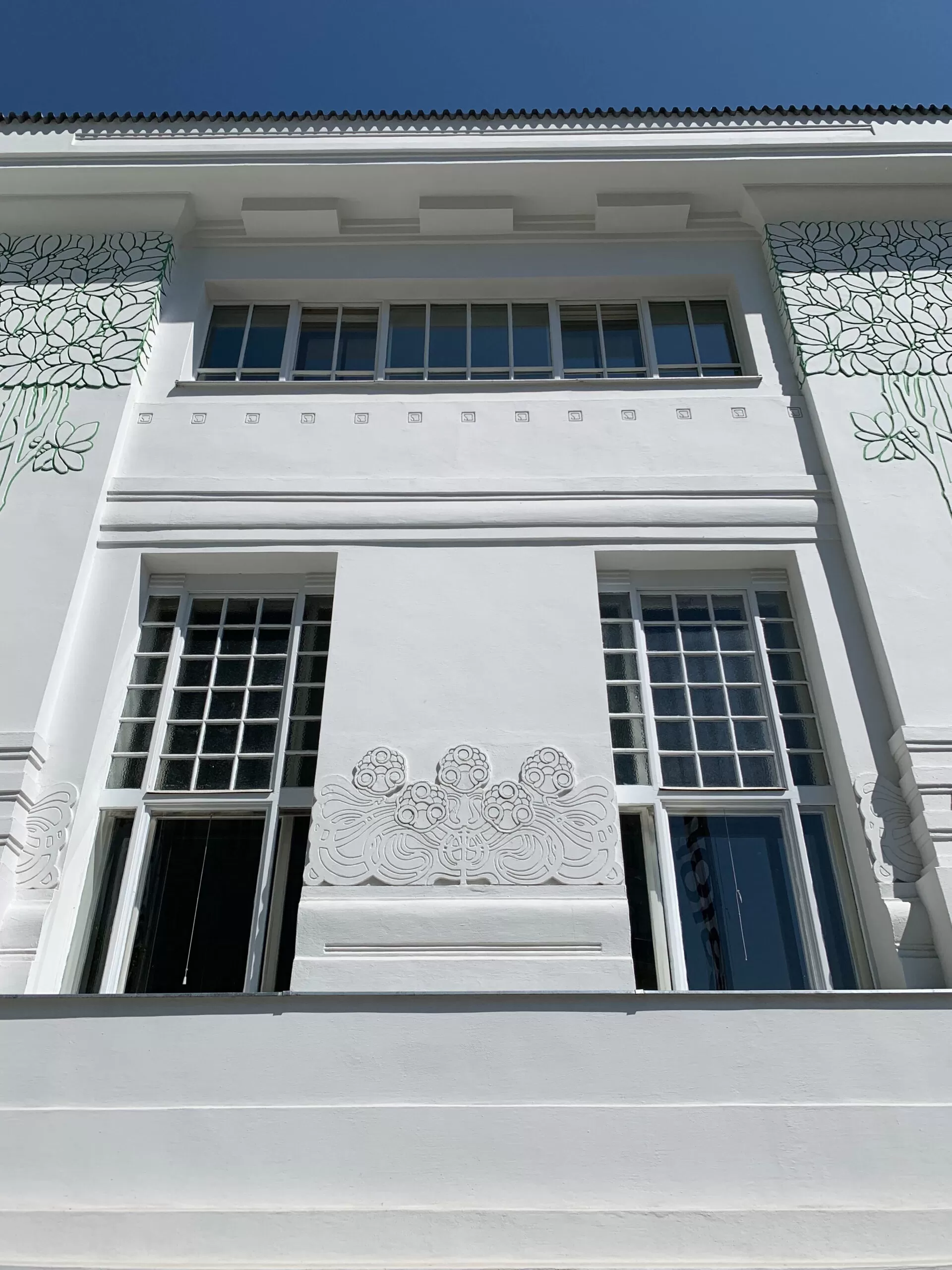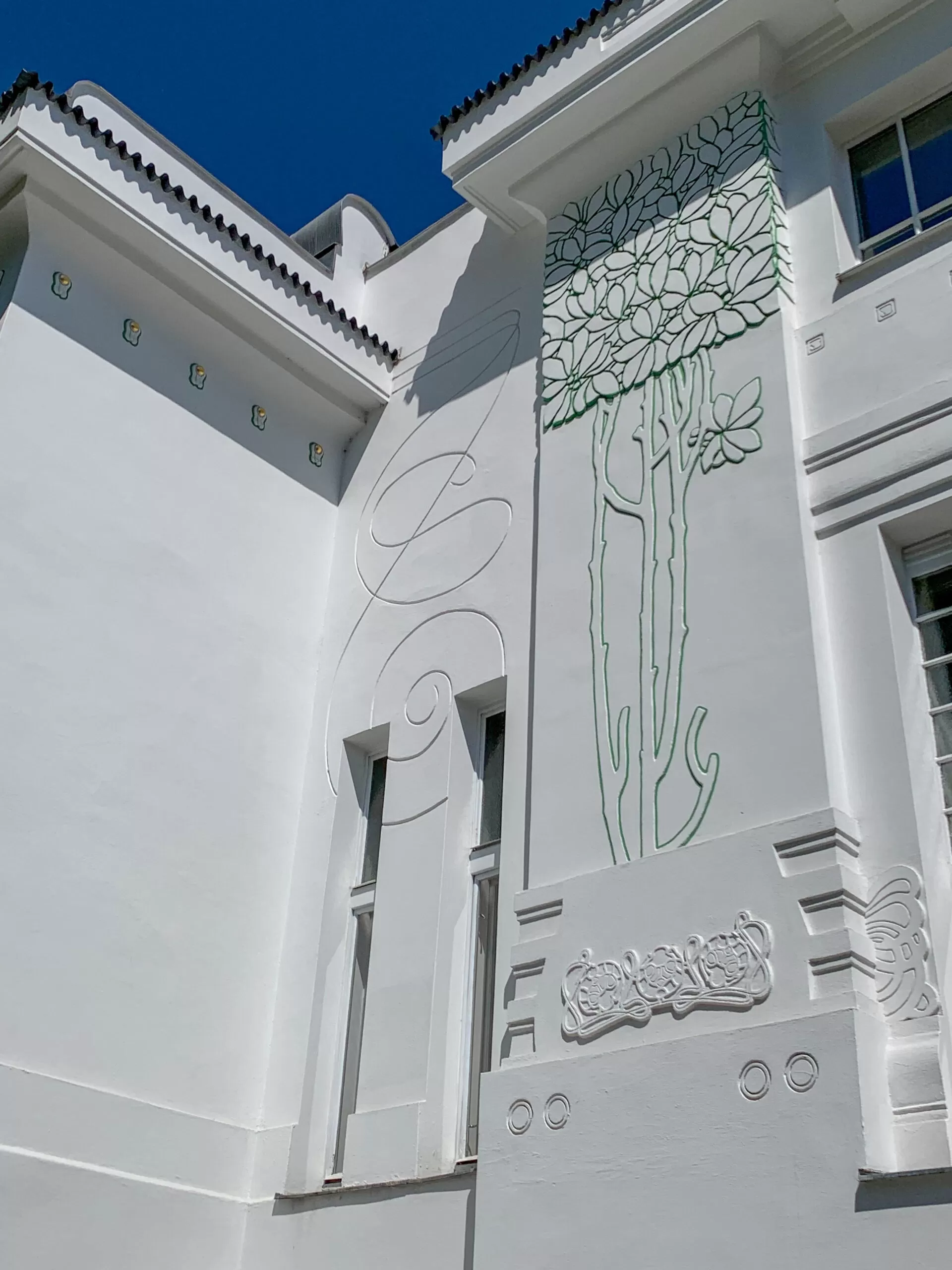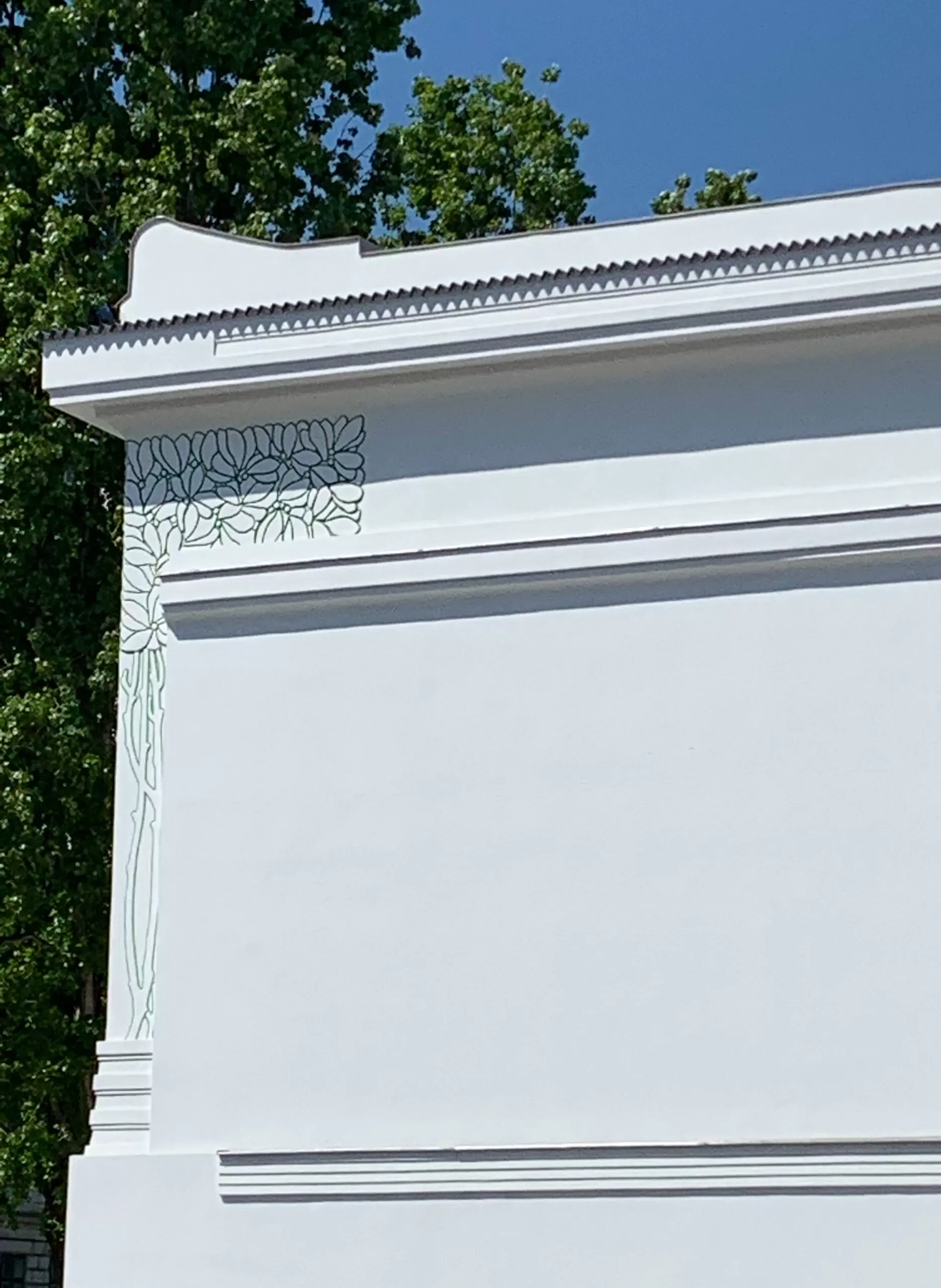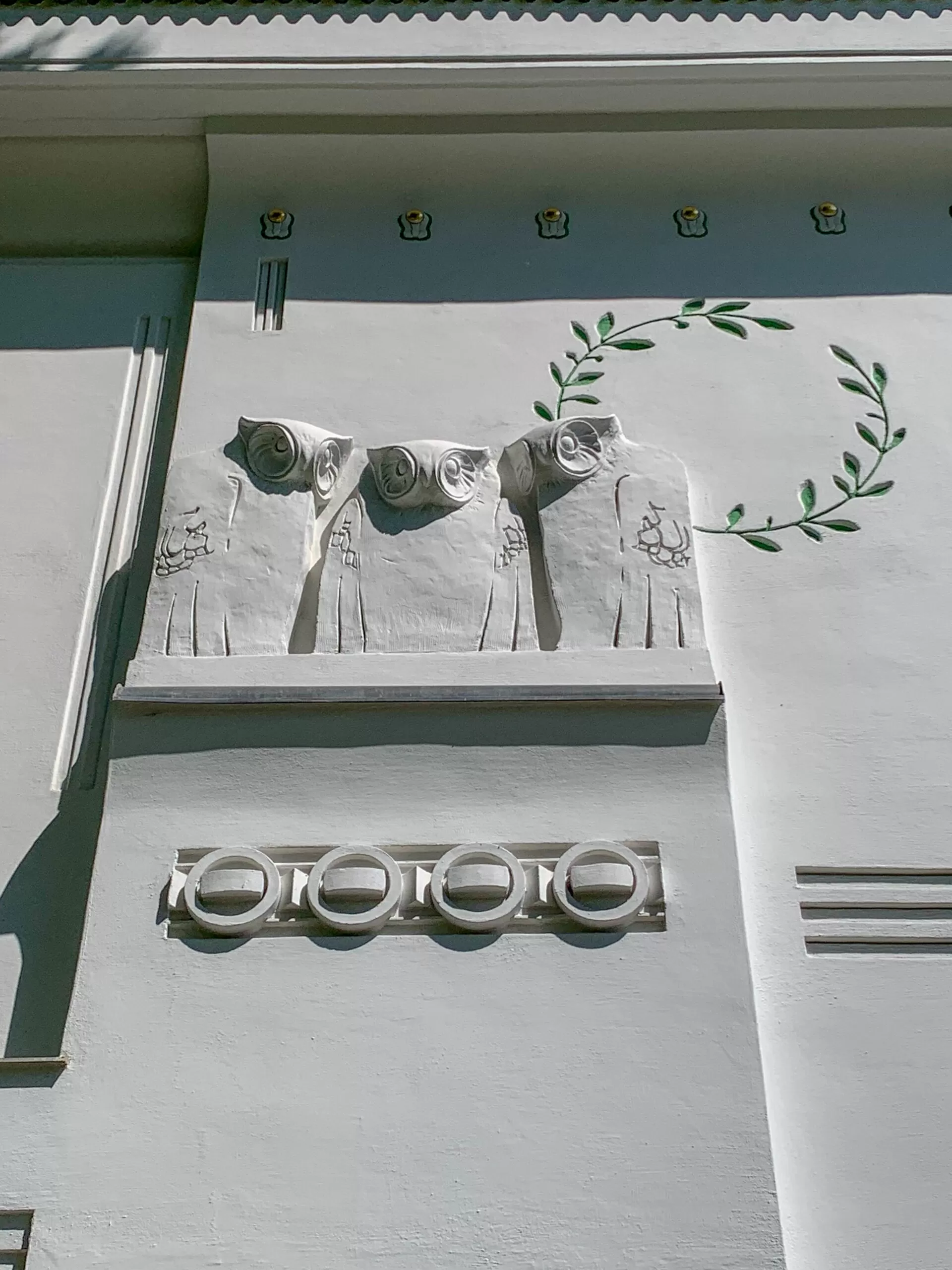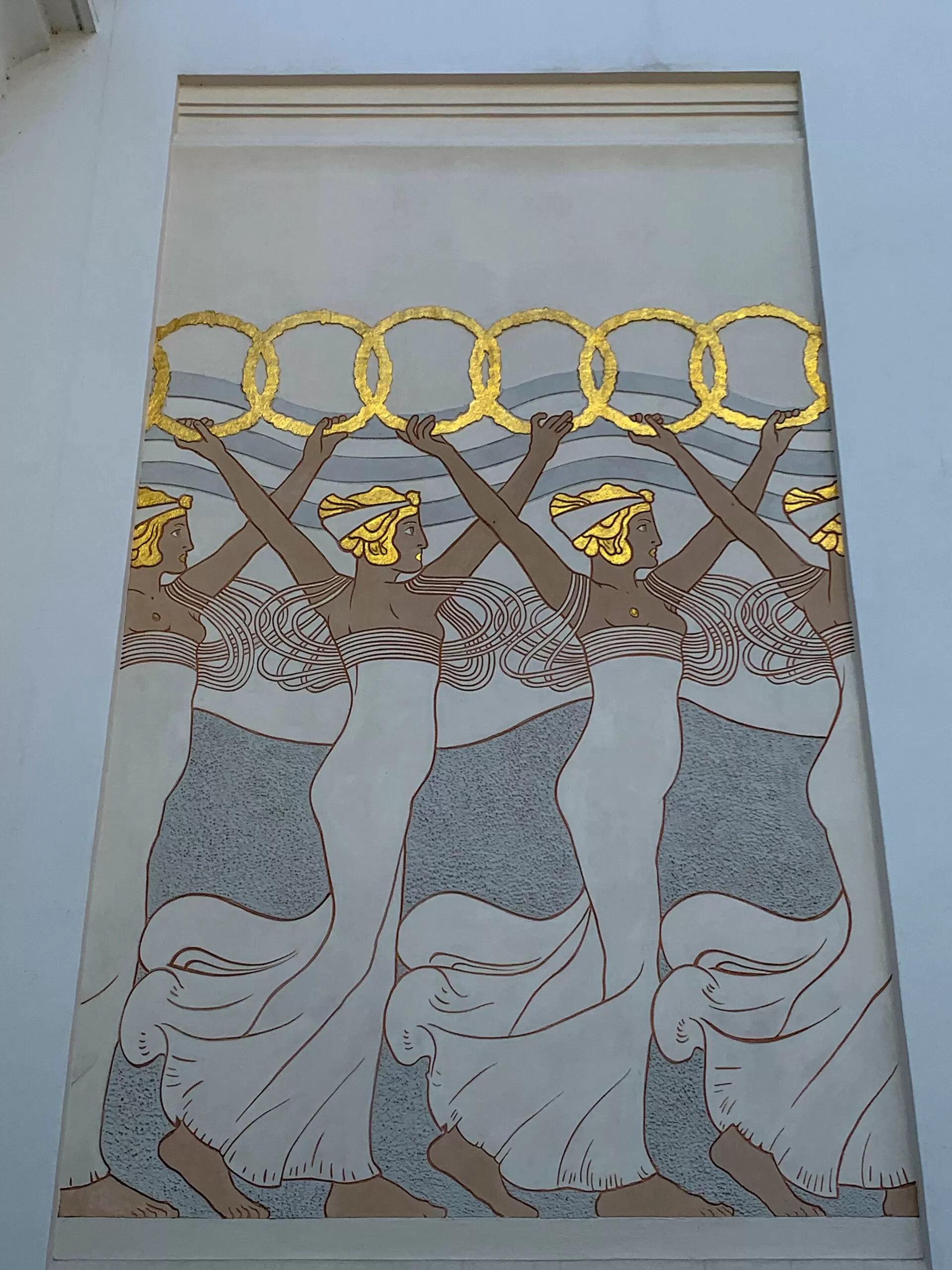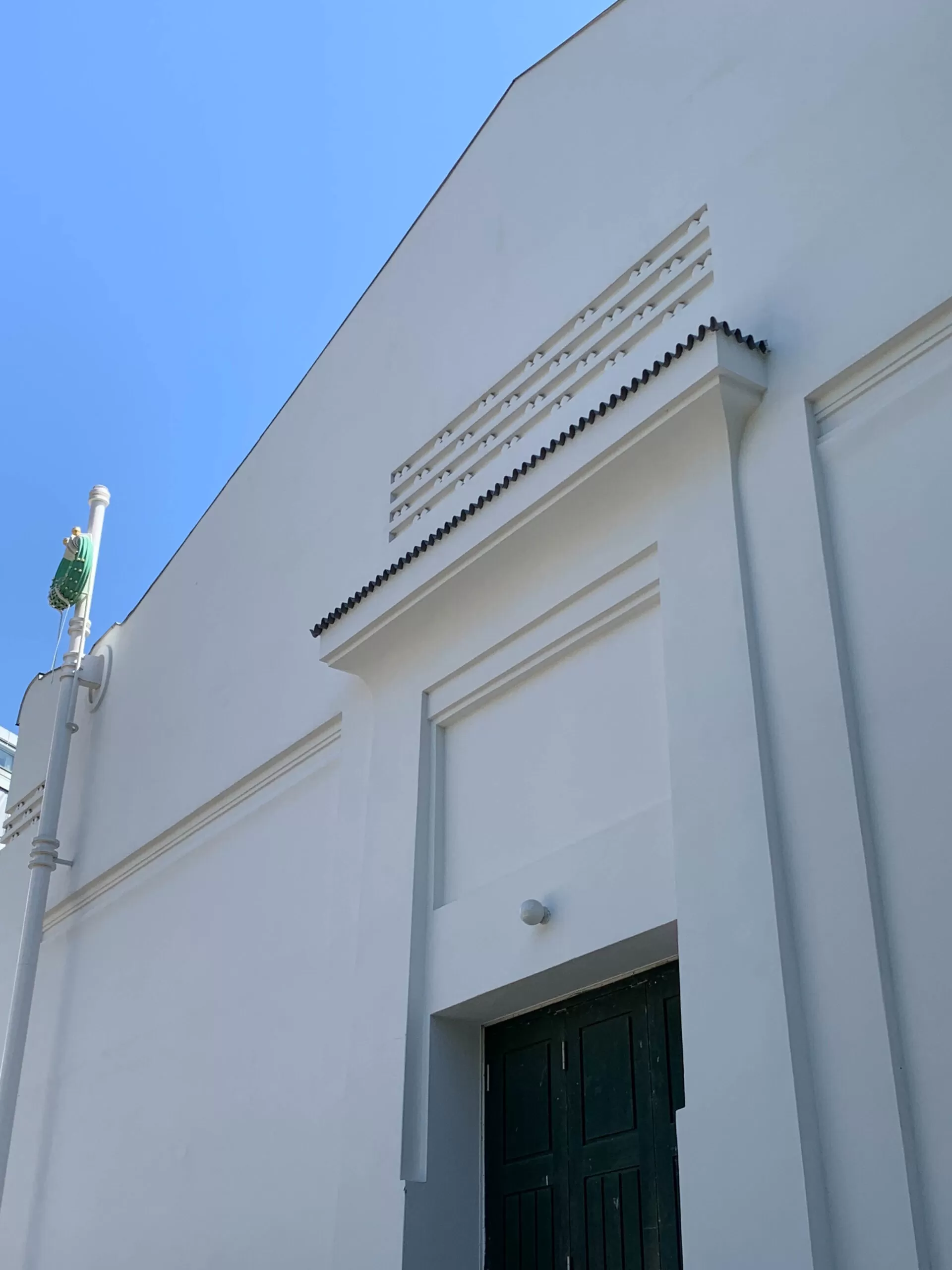1897 – 1898
Architect: Joseph Maria Olbrich
Friedrichstrasse 12, Vienna, Austria
The exhibition building of the artists’ association Secession in Vienna was built between 1897 and 1898 according to plans by Joseph Maria Olbrich.
Vienna Secession
In 1897, a number of artists, including artist Gustav Klimt, designer Koloman Moser, architects Josef Hoffmann and Joseph Maria Olbrich, Max Kurzweil, Wilhelm Bernatzik, had left the Vienna Künstlerhaus in protest against the exhibition policy and founded the Vienna Secession, modeled on the Munich Secession.
Below the dome, the motto of the Secession is emblazoned in golden letters: Der Zeit ihre Kunst, der Kunst ihre Freiheit (To time its art, to art its freedom) (by Ludwig Hevesi).
To the left of the entrance door is a second motto: Ver Sacrum (Holy Spring), which is meant to express the hope for a new flowering of art and was the title of the artists’ association’s publication.
Building
The building rests on eight-meter-high concrete columns that reach down to the Vienna River, which flows underground at this point.
Olbrich divided the structure into a representative head building and a simple hall.
By sliding interior walls, the size of the rooms could be changed and adapted to different situations.
Beethoven Frieze
Gustav Klimt‘s Beethoven Frieze, originally created in 1902 for a temporary exhibition at the Vienna Secession, is now back there on permanent loan from the Belvedere and can be seen in the basement.
Total Work of Art
The cubic building with four pylons and a cross wing is crowned by a dome formed by laurel leaves in gilded bronze.
Above the entrance there is a frieze with gorgons symbolizing painting, architecture and sculpture. The design of the gorgons was done by Othmar Schimkowitz.
The side facades of the building are adorned with groups of owls and a roundelay of wreath-bearing women designed by Koloman Moser, as well as abstract line decorations by Josef Hoffmann.
Gustav Klimt’s brother Georg designed the bronze entrance doors. The two mosaic bowls next to the staircase leading to the entrance portal are by Robert Oerley.
Renovation and Restoration
In December 2017, the facade was renovated and the dome was restored.
The wrought-iron construction of the dome with a diameter of 8.5 meters was dismantled for a period of about six months.
In addition to repair welding and improvements to the supporting structure, all 2,500 leaves and 311 berries were recoated and regilded.
The restoration of the dome was completed in mid-May 2018.
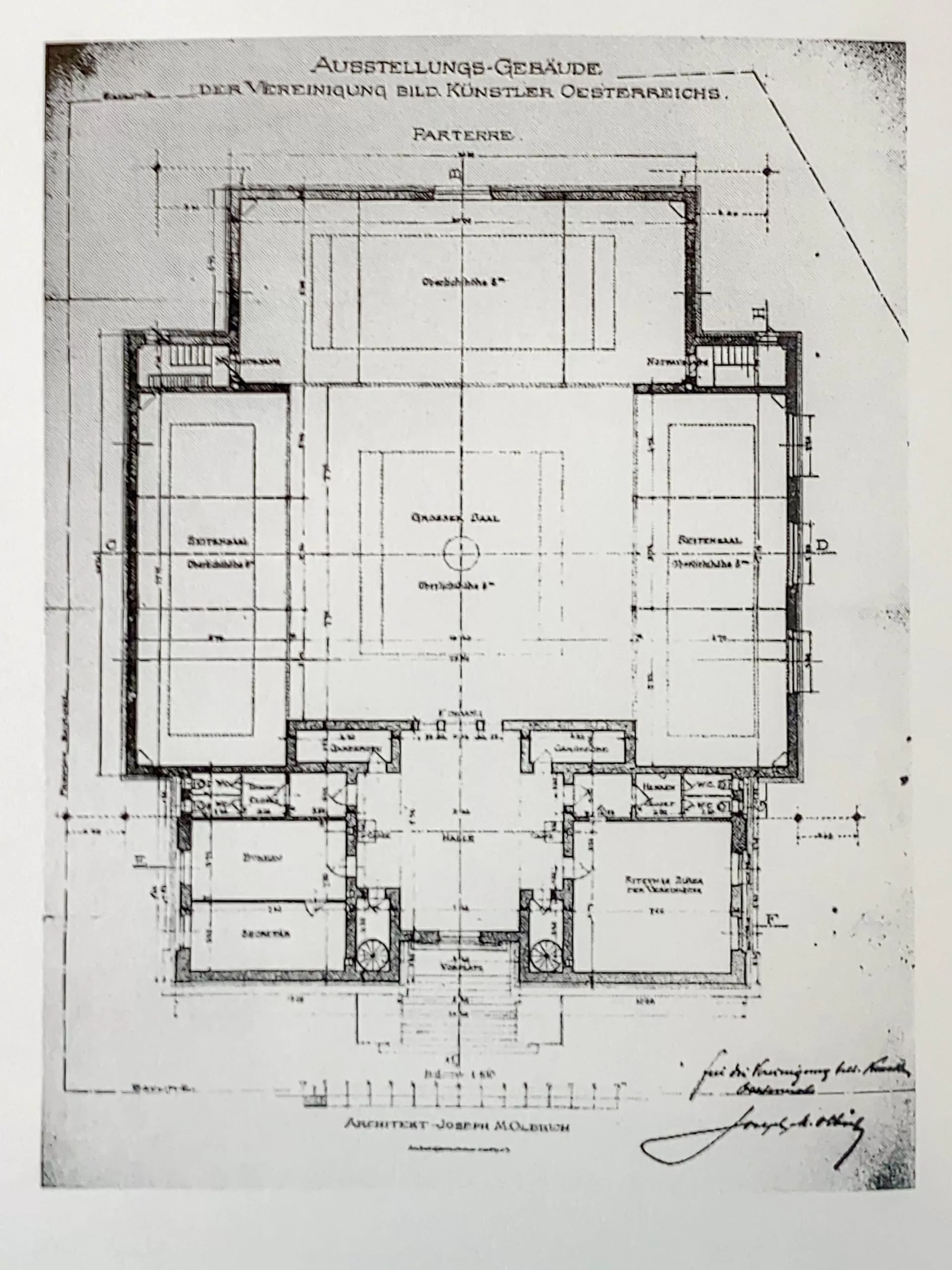
Secession Building, first floor plan, 1897-1898. Architect: Joseph Maria Olbrich

